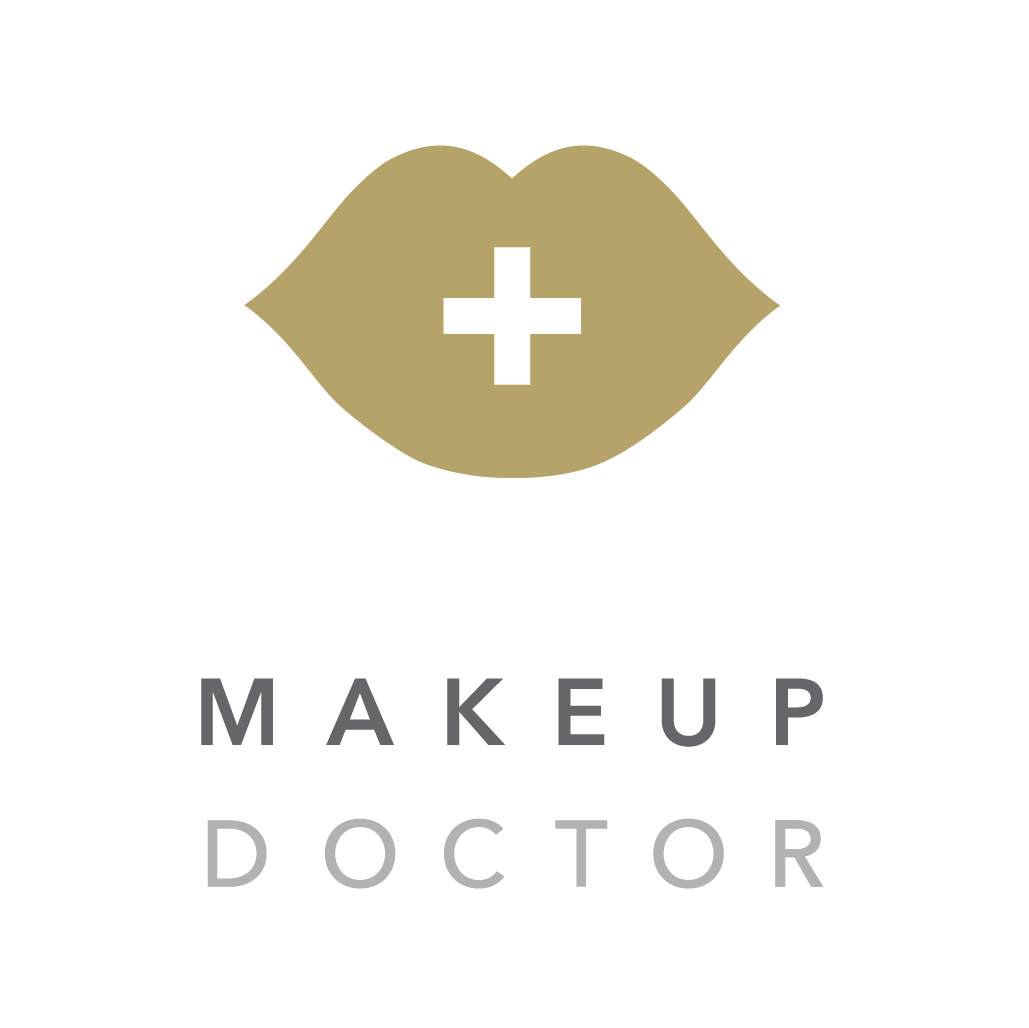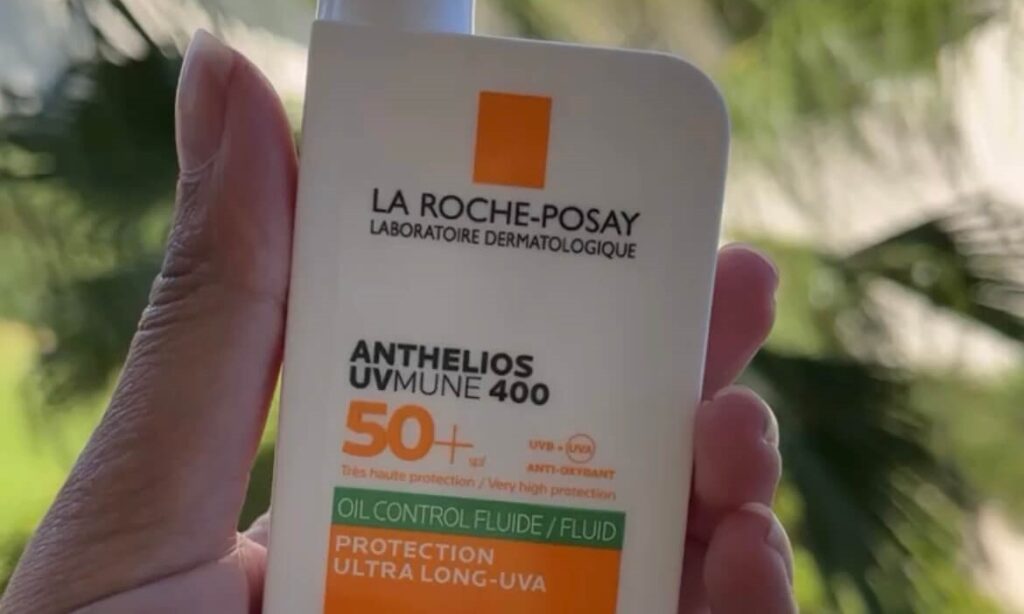Have you ever wondered which SPF you should wear? which brand to buy? which factor? For many of us its a lot like makeup…. we are just guessing and hoping we’re getting it right!
Here is everything you need to consider before using SPF:
Face or Body – Many people will buy an SPF and use it on the body and face. But this may not always be ideal for skin. SPF used on the face may need to be higher due to the higher sensitivity of skin here compared to the body. Another reason is body SPF can tend to be thicker and greasier than ones designed specifically for the face this can be uncomfortable to wear but can cause unecessary build up on the skin on the face.
Spray or cream – There are so many types of applicators… aerosl, spray, tube, bottle, roll on. But your cream may not always be applied evenly. For example if you use an aerosol you must make sure you rub it because the spatter doesn’t alwasy evenly cover skin. So if you are using this method say over the face after makeup then you really need to ensure you’ve covered the area several times because the spatter isn’t always even. The best way to apply is to put the product on hands so you can gauge how much you’ve used.
Little or a lot – One of the big things that isn’t thought of when applying suncream is the amount you need to wear for it to function at the factor on the bottle. Anything short of that amount will mean you are not getting that factor. You would need to use about a shot glass of suncream for the whole body. half a teaspoon for face and neck. one teaspoon for arms, two teaspoons for legs and two for the front and back of your body. And it needs to be reapplied every 2 hours or after sweating or being in water.
Because of the amount you need to apply, I would always say to apply it in layers rather than the whole amount at once. This will allow each layer to sit evenly and dry a little before the next and prevent the extra greasy feel or like its taking too long to rub in.
Greasy or lightweight – its tricky to find the right SPF that feels comfortable and will work with makeup the best way to test it is on the back of you hand once it is on leave it and test is it looks greasy or tacky to touch. The less it feels like this the better, it will work with your makeup products.
SPF 15 or 50 – Choosing which factor is a tricky one. The simple way to understand what the factors are for is to know that SPF stands for sun protection factor and it protects you from UVB rays. The higher the factor the longer you can stay in the sun. For example if you would normally redden or burn in the sun after 5 minutes and you wear a SPF15 you will be able to sit in the sun 15 times longer than without wearing it, meaning you can sit in the sun for 75 minutes before reddening. This is if the suncream is applied correctly. Even if you have applied SPF thoroughly and correctly SPF does not protect you from 100% of UVB rays a factor 15 will protect you from 93% of UVB radiation, 30 97% and 50 98%. So even when you are wearing a SPF 50 you are still going to get 2% of the UVB rays.
UVA OR UVB – To simplify these UVA rays can penetrate deeper into skin than UVB, they can penetrate through glass and other things. UVA has a longer wavelength and results in premature skin ageing and pigmentation. UVB on the other hand does not penetrate the skin as deep but these rays cause skin burning and reddening. Spf refers to blocking UVB rays not UVA. To block UVA rays you will need to look for the symbol of the stars in the circle with UVA or PA+ the stars and plus symbols go from 1 to 5, the higher the better. It’s important to have protection from both UVA and UVB.
Makeup and SPF – Many makeup products have SPF in but the amount you would need to use for it to work would be an unrealistic to wear for many products. So with this in mind, I would say dont completely ‘rely’ on that product for SPF.
In summary you your skin is more precious than you think, protecting yourself from the sun will be one of the biggest payoffs in terms of ‘anti ageing’ and having great skin. This will give you long term results rather than spending a lifetime trying to repair damage. When we discuss your skin during coaching we do delve into this in 1:1 Coaching to ensure you have a routine and products to suit you and that work.

